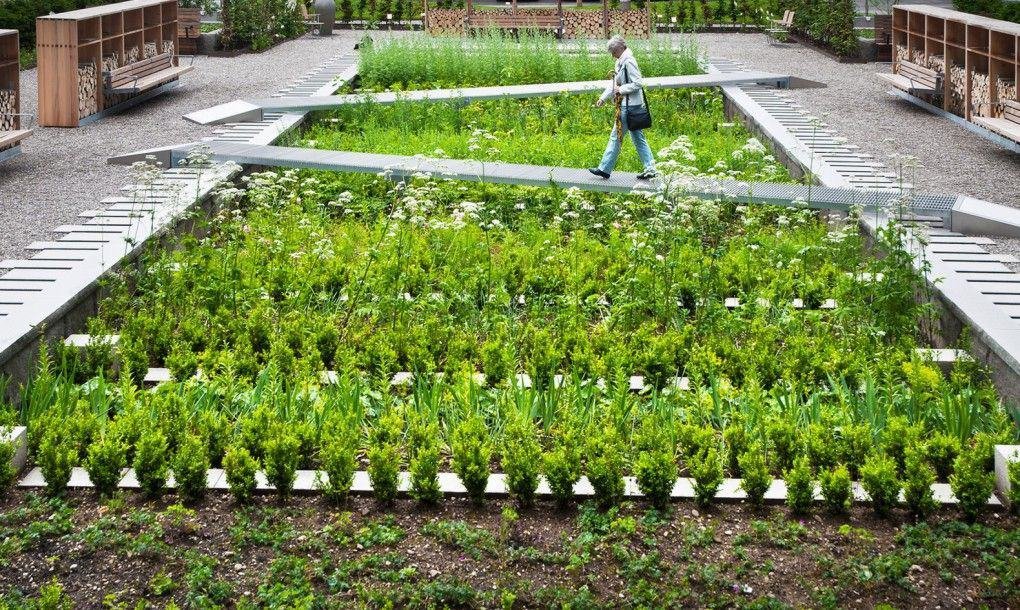Welcome to the world of urban agriculture! In this article, we will explore the fascinating concept of growing food in the midst of the concrete jungle. Whether you have a small balcony or a rooftop garden, urban agriculture offers a sustainable and rewarding way to connect with nature and enjoy fresh, homegrown produce. Let’s dive in and discover the wonders of urban agriculture together!
1. What is Urban Agriculture?
Urban agriculture refers to the practice of cultivating, processing, and distributing food in urban areas. It encompasses a wide range of activities, from rooftop gardens and community gardens to vertical farming and hydroponics. The goal of urban agriculture is to bring food production closer to urban dwellers, reducing the distance between farm and fork.
By utilizing underutilized spaces such as rooftops, balconies, and vacant lots, urban agriculture transforms urban landscapes into productive green spaces. It not only provides fresh, nutritious food but also promotes environmental sustainability, community engagement, and food security.
2. The Benefits
Urban agriculture offers a multitude of benefits, both for individuals and communities. Here are some key advantages:
- Access to Fresh, Nutritious Food: Urban agriculture allows you to grow your own fruits, vegetables, and herbs, ensuring a constant supply of fresh and nutritious produce.
- Environmental Sustainability: By growing food locally, urban agriculture reduces the carbon footprint associated with long-distance transportation and conventional farming practices.
- Improved Food Security: Urban agriculture enhances food security by increasing local food production and reducing dependence on external food sources.
- Community Engagement: Community gardens and urban farming initiatives bring people together, fostering social connections and a sense of belonging.
- Green Spaces and Biodiversity: Urban agriculture contributes to the creation of green spaces, improving air quality, reducing urban heat islands, and providing habitats for pollinators and other wildlife.

3. Getting Started with Urban Agriculture
Ready to embark on your urban agriculture journey? Here are some steps to help you get started:
- Evaluate Your Space: Assess the available space in your urban environment, whether it’s a balcony, rooftop, or community garden plot. Consider factors such as sunlight exposure, access to water, and the weight-bearing capacity of your chosen location.
- Choose Your Growing Method: Depending on your space and resources, you can opt for traditional soil-based gardening, hydroponics, aquaponics, or vertical farming. Each method has its own advantages and considerations.
- Select Suitable Crops: Choose crops that are well-suited to your growing conditions and available space. Herbs, leafy greens, and compact vegetables like tomatoes and peppers are popular choices for urban agriculture.
- Prepare the Soil or Growing Medium: If you’re using soil, ensure it is fertile and well-draining. For hydroponics or aquaponics, set up the necessary equipment and nutrient solutions.
- Plant and Maintain Your Garden: Follow the planting instructions for each crop, providing adequate water, sunlight, and nutrients. Regularly monitor your plants for pests and diseases, and take appropriate measures to protect them.
- Harvest and Enjoy: Once your crops are ready for harvest, savor the joy of picking your own fresh produce. Experiment with new recipes and share the bounty with friends and neighbors.
4. FAQs
Q: Can I practice urban agriculture if I live in an apartment?
A: Absolutely! Even if you don’t have access to a balcony or rooftop, you can still participate in urban agriculture. Consider joining a community garden or exploring indoor gardening options such as hydroponics or vertical farming.
Q: Is urban agriculture only for experienced gardeners?
A: Not at all! Urban agriculture is suitable for gardeners of all skill levels, from beginners to seasoned experts. Start small, learn from your experiences, and gradually expand your urban farming endeavors.
Q: How much time does urban agriculture require?
A: The time commitment for urban agriculture varies depending on the scale of your project and the crops you choose to grow. While some crops require more attention than others, dedicating a few hours each week is usually sufficient to maintain a thriving urban garden.
Q: Can urban agriculture be profitable?
A: While urban agriculture can generate income through the sale of surplus produce, it is primarily a means of self-sufficiency and community empowerment. Profitability depends on various factors such as market demand, scale of production, and local regulations.
5. Conclusion: Fun Fact about Urban Agriculture
Did you know that the world’s largest rooftop farm is located in Brooklyn, New York? Spanning over 2.5 acres, the Brooklyn Grange Rooftop Farm produces over 50,000 pounds of organic produce annually. It serves as a shining example of how urban agriculture can transform unused urban spaces into thriving food production hubs.
So, whether you have a tiny balcony or access to a vast rooftop, urban agriculture offers endless possibilities for growing your own food and reconnecting with nature. Start your urban farming adventure today and experience the joy of harvesting your own fresh, homegrown produce!
Originally posted 2023-03-17 15:38:19.



